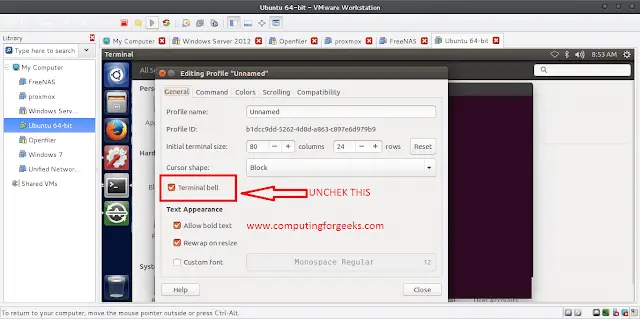The Java.util.Properties.clear() method is used to remove all the elements from this Properties instance. Using the clear() method only clears all the element from the Properties and does not delete the Properties. In other words, we can say that the clear() method is used to only empty an existing Properties.
Syntax:
public void clear()
Parameters: The method does not take any parameter
Return Value: The function does not returns any value.
Below programs illustrate the Java.util.Properties.clear() method.
Example 1:
// Java code illustrating clear() method import java.util.*; class PropertiesDemo { public static void main(String arg[]) { Properties gfg = new Properties(); Set URL; String str; gfg.put("ide", "ide.geeksforgeeks.org"); gfg.put("contribute", "write.geeksforgeeks.org"); gfg.put("quiz", "www.geeksforgeeks.org"); // checking what's in table System.out.println("Current Properties: " + gfg.toString()); System.out.println("\nClearing the Properties"); gfg.clear(); // checking what's in table now System.out.println("New Properties: " + gfg.toString()); }} |
Current Properties: {contribute=write.geeksforgeeks.org, quiz=www.geeksforgeeks.org, ide=ide.geeksforgeeks.org}
Clearing the Properties
New Properties: {}
Example 2:
// Java code illustrating clear() method import java.util.*; class PropertiesDemo { public static void main(String arg[]) { Properties gfg = new Properties(); Set URL; String str; gfg.put(1, "Geeks"); gfg.put(2, "Lazyroar"); gfg.put(3, "Geek"); // checking what's in table System.out.println("Current Properties: " + gfg.toString()); System.out.println("\nClearing the Properties"); gfg.clear(); // checking what's in table now System.out.println("New Properties: " + gfg.toString()); }} |
Current Properties: {3=Geek, 2=Lazyroar, 1=Geeks}
Clearing the Properties
New Properties: {}
Reference: https://docs.oracle.com/javase/9/docs/api/java/util/Properties.html#clear–




